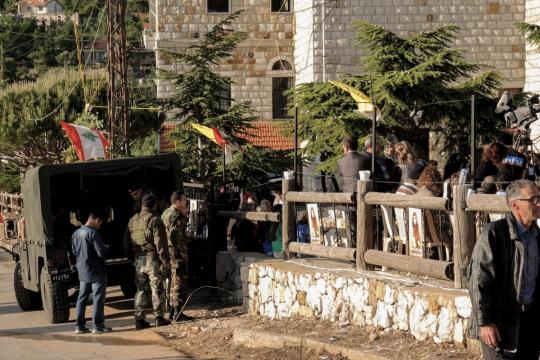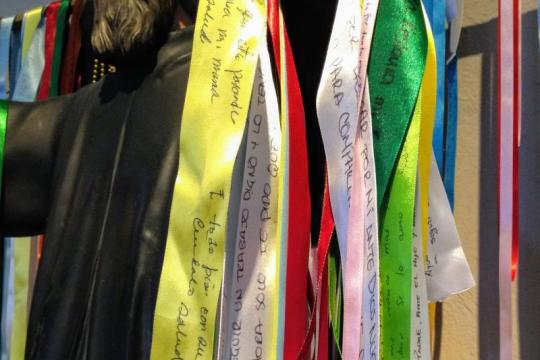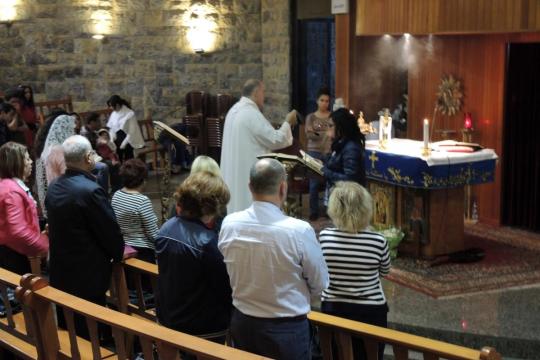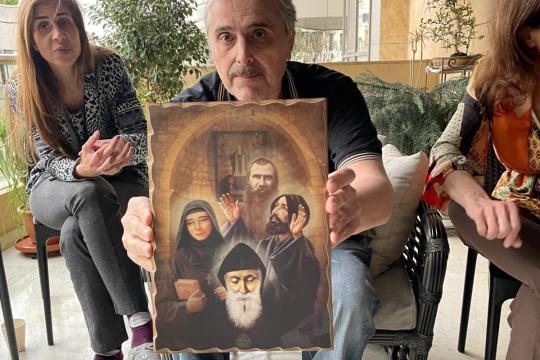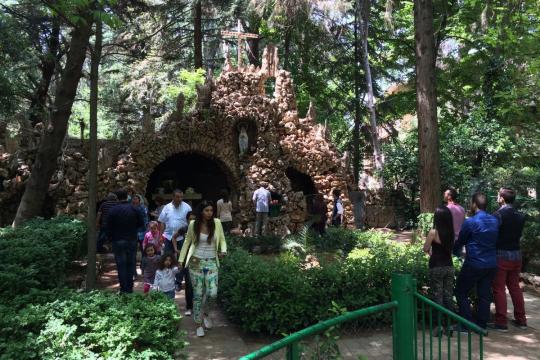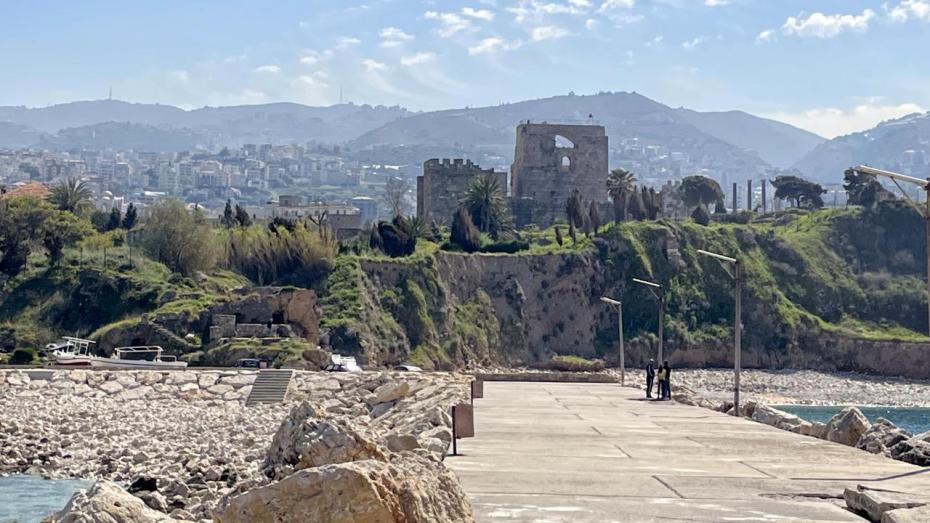
Lebanon, which straddles a 200 km strip of coastal cities, snow-capped mountains and agricultural valleys along the Eastern Mediterranean, is home to the largest concentration of Catholics in the Middle East, living among a larger population of Muslims. A multi-confessional state, Lebanon is home to 18 officially recognized religious groups, among them Sunni, Shīʿa, and small numbers of Alawite and Ismaili Muslims; Maronite, Greek Melkite, and modest numbers of Armenian, Chaldean, Syrian and “Latin” Catholics; Lebanese Greek, Armenian and Syriac Orthodox; and Druze communities living in a patchwork of villages, cities and neighborhoods often dominated by one of these groups. As one author summarizes it, “an area about the size of Connecticut or Northern Ireland… host[s] almost the entire religious diversity of the Arab world.”
Among Catholics, the Maronite Church, which is centered in modern-day Lebanon and whose liturgy is rooted in Syriac ritual traditions, is by far the largest and most influential. The Greek Melkite Church, whose roots are in Northern Syria and whose traditions are Byzantine, is the second-largest Catholic church. The Roman, or Latin, Catholic Church is tiny, composed largely of expatriates. Though, as their names imply, the Syrian Catholic Church and the Armenian Catholic Church are originally rooted elsewhere, and though their members are relatively few in Lebanon, both have their patriarchates in Lebanon. Alongside the Maronite patriarchate, this means that three of the six patriarchs of the Catholic Church reside in Lebanon.
National Demographics
- 1 United Nations, Department of Economic and Social Affairs, Population Division, World Urbanization Prospects: The 2018 Revision, Online Edition (New York: United Nations, 2018).
- 2 United Nations, Department of Economic and Social Affairs, Population Division, International Migrant Stock 2020 (New York: United Nations, 2020).
- 3 Data as of 2021. United Nations Office on Drugs and Crime, "Intentional Homicide," United Nations, Accessed April 9, 2024; United Nations Office on Drugs and Crime, Global Study on Homicide 2023 (Vienna: United Nations, 2023).
- 4 "2023 Corruption Perceptions Index," Transparency International, Accessed April 9, 2024.
- 5 United Nations Children's Fund, The State of the World's Children 2023 (Florence: UNICEF Innocenti – Global Office of Research and Foresight, 2023).
- 6 International Telecommunication Union, "Individuals using the Internet (% of population)," The World Bank, Accessed April 24, 2024.
- 7 Poverty and Inequality Platform, "Poverty headcount ratio at $2.15 a day (2017 PPP) (% of population)," The World Bank, Accessed April 24, 2024.
- 8 World Economic Forum, Global Gender Gap Report 2023 (Geneva: World Economic Forum, 2023).
- 9 As Pew describes it, "Government restrictions on religion include laws, policies and actions that regulate and limit religious beliefs and practices. They also include policies that single out certain religious groups or ban certain practices; the granting of benefits to some religious groups but not others; and bureaucratic rules that require religious groups to register to receive benefits." As noted on pp. 45-47 of the report, the index summarizes data from 19 sources. The index does not differentiate whether the laws are directed toward Catholics. Pew Research Center, Globally, Government Restrictions on Religion Reached Peak Levels in 2021, While Social Hostilities Went Down (Pew Research Center, 2024).
- 10 As Pew describes it, "Social hostilities include actions by private individuals or groups that target religious groups; they also include actions by groups or individuals who use religion to restrict others. The SHI captures events such as religion-related harassment, mob violence, terrorism/militant activity, and hostilities over religious conversions or the wearing of religious symbols and clothing." As noted on pp. 45-47 of the report, the index summarizes data from 19 sources. The index does not differentiate whether the hostilities are directed toward Catholics. Pew Research Center, Globally, Government Restrictions on Religion Reached Peak Levels in 2021, While Social Hostilities Went Down (Pew Research Center, 2024).
Catholic Demographics
These statistics are derived from the Vatican's official publication, Statistical Yearbook of the Church 2022 (Vatican City: Librera Editrice Vaticana, 2024). The numbers may differ from data reported by other sources on this site.
